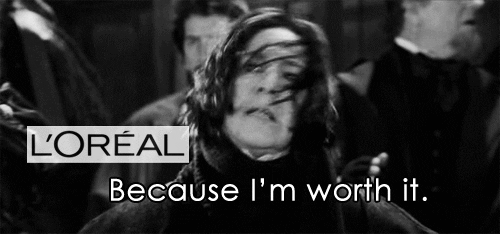My friend Isaac isn't known for mincing his words, and if there was ever a way to get straight to the point, he got the point, in a direct line and left trails of fire behind his sharp fiery tongue. Subtly was never a strong point in Ike's vocabulary.
If you disagree with that statement, then maybe you should have a look at the design around you; the witch-hunts and accidental rip offs that grab the heads of designers and submerge them into the deep water of internet hatred.
AirBnB, the Tokyo Olympics & Beats are all rip offs (accordingly) whether the creators knew about it or not and they deserve to hung drawn and quartered for their disservices to the world. But is it not just possible that eventually, within a couple of years that two different people could stumble upon the same solution for their design problem. I mean there are only so many solutions for companies that share industries and the same initials.
— Olivier Debie (@OliDebie) July 28, 2015
Or perhaps these designers are straight up Snake Oil Salesmen, digging through endless design specimen books for a logo to directly copy and pass off as their own with complete ignorance of the truth, or perhaps they are just an unlucky sole at the brunt of an angry mob of internet 'experts'.
We'll likely never know the full truth of any of these cases, but it does seem true that there is no longer and originality in design, even without knowledge you are constantly copying someone else. You might as well unplug your computer, burn your sketchbooks and snap all your pencils—you'll forever be stumbling through the dark, standing on past designers toes whilst the public stand viewing through the double-sided mirror that is the internet, hurling educated abuse at each movement you make. You cretin.
So we have two possibilities; you accept you'll never be truly original and give up or you ignore everything that stands for and create your own originality. Look at it like a vegetable patch—you buy the seeds and you grow some carrots and you're bloody proud of those orange spear shaped vegetables because they didn't die and you got to eat them with your tea that night. You didn't create that plant, nor did invent the carrot but you did make them. You grew them, you watered them and you took care of them; they might look like every other carrot but you made them; they are your own originality.
If you think you are always producing completely original work in an industry that has existed as long as the mass printed page (see Gutenburg Bible) then you are a fraud, because there likely isn't much that hasn't already been done—so you need to create your own originality. It would be a fair argument to say that all design is fundamentally based on inspiration, thus making nothing truly original in the global sense. So I say to the (Isaac) you sir are both wrong and right, but wise but also ignorant. You are kind of like the bible; yeah, it's fantastic to 'Love your neighbour as yourself' but it's completely stupid to believe everything you have and have achieved is thanks to an ethereal spirit.
But as always, this is just my perspective on things. Just as someone can be a christian and follow the bible as a book of guidance and non-fiction, people can also believe that originality can no longer exist; which ironically they both seem as plausible to exist as each other to me. I mean, if we can fly through the air in a steel cylinder, send imagery and sound through an invisible network and observe galaxies that may have already destroyed themselves, I don't see why originality could no longer exist and a man on a cloud couldn't dictate my actions through this exact writing.
It's all a matter of perspective, knowledge and opinion m'dear.








